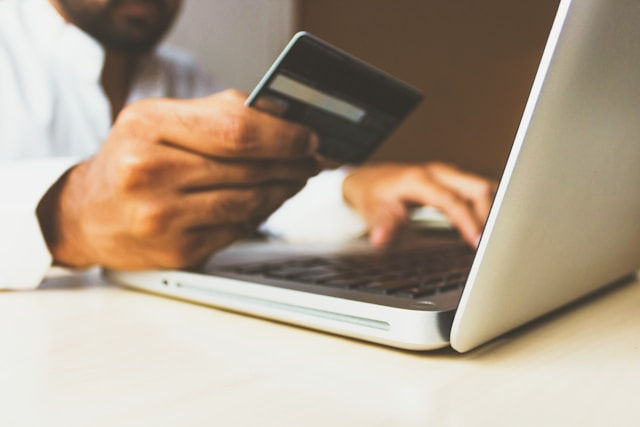
Picture yourself standing in a store, browsing the aisles, and suddenly, you find something that catches your eye. You don't need it, but you can already imagine how happy it'll make you feel. Before you know it, you've reached the checkout, wallet in hand. Sound familiar? This is the psychology of spending at work, and it's something you can learn to navigate more thoughtfully.
Understanding Your Spending Triggers
Your financial choices often aren't as logical as you might believe. In fact, they are deeply tied to your emotions, habits, and even subconscious beliefs. When you shop, it’s not just about the item itself; it’s about how it makes you feel. That small rush of excitement you get when buying something new? That's dopamine—a chemical in your brain associated with pleasure and reward.
Understanding these triggers is the first step to making smarter choices. For example, do you tend to shop when you're stressed, bored, or trying to lift your mood? The key is to recognize those emotional states and find alternative ways to address them. Instead of heading to the mall when you're feeling down, could you go for a walk, call a friend, or dive into a hobby?
The Power of Instant Gratification
When you're faced with the choice between spending now or saving for later, your brain naturally gravitates toward instant gratification. That immediate reward is hard to resist. However, learning to delay gratification can significantly improve your financial well-being.
One practical tip is the 24-hour rule. The next time you feel the urge to make an impulse purchase, give yourself a full day to think it over. You’ll often find that the initial excitement fades, and the desire to buy diminishes. This simple practice helps create a buffer between emotion and action, allowing you to make a more thoughtful decision.
Social Influence on Spending
It’s not just your emotions at play; your social environment has a big impact on how you spend. You might feel pressure to keep up with friends or colleagues who seem to have it all—new gadgets, designer clothes, lavish vacations. This phenomenon, known as "keeping up with the Joneses," can lead you to spend money you don’t have on things you don’t need.
However, once you acknowledge the influence of others on your spending habits, you can take steps to counter it. Start by identifying your values—what truly matters to you—and let that guide your purchases. You might find that spending on experiences or personal growth aligns better with your values than material possessions.
Cognitive Biases That Skew Your Financial Judgment
You may think you're making a rational decision, but cognitive biases often cloud your judgment. Take the "sunk cost fallacy," for instance. This is the tendency to continue investing in something just because you've already put money into it—whether it’s a bad investment or an unused gym membership. Recognizing when you're falling prey to such biases can help you cut your losses and make better choices moving forward.
Another bias is “framing.” The way an option is presented—whether as a loss or a gain—can influence your decision. For example, a sale that says “save 20%” feels more enticing than one where the price is just reduced by a small amount, even though both might offer the same value. Being aware of these mental shortcuts allows you to see through marketing tactics and think critically.
Building Better Financial Habits
Now that you're aware of the psychological factors at play, how can you start making smarter financial choices? One of the most effective strategies is to create a budget. It doesn’t have to be rigid, but setting clear boundaries for your spending helps you avoid mindless purchases. Break down your income and allocate portions for essentials, savings, and discretionary spending. By doing so, you'll have a clearer sense of what’s available for spontaneous splurges without sabotaging your financial goals.
Automation can also be a powerful tool. Set up automatic transfers to a savings account, so you don't even have to think about it. This “set it and forget it” method helps you prioritize long-term financial health over short-term pleasures.
Practicing Mindful Spending
Mindful spending is about being intentional with your money. Before making a purchase, ask yourself a few questions: Do I really need this? How will it improve my life? Am I buying this for me, or to impress others? These simple reflections can transform how you relate to money.
Next time you're tempted by a flashy item or an impulse buy, take a pause. Remember that financial freedom doesn't come from the ability to buy whatever you want, but from the security and peace of mind that come with making smart choices.
By becoming more aware of the psychological factors driving your spending, you can take control of your financial future. Instead of letting your emotions or external pressures dictate your purchases, you’ll be empowered to make choices that align with your true values and long-term goals. And in doing so, you'll not only build better financial habits, but also a healthier relationship with money.

Comentarios